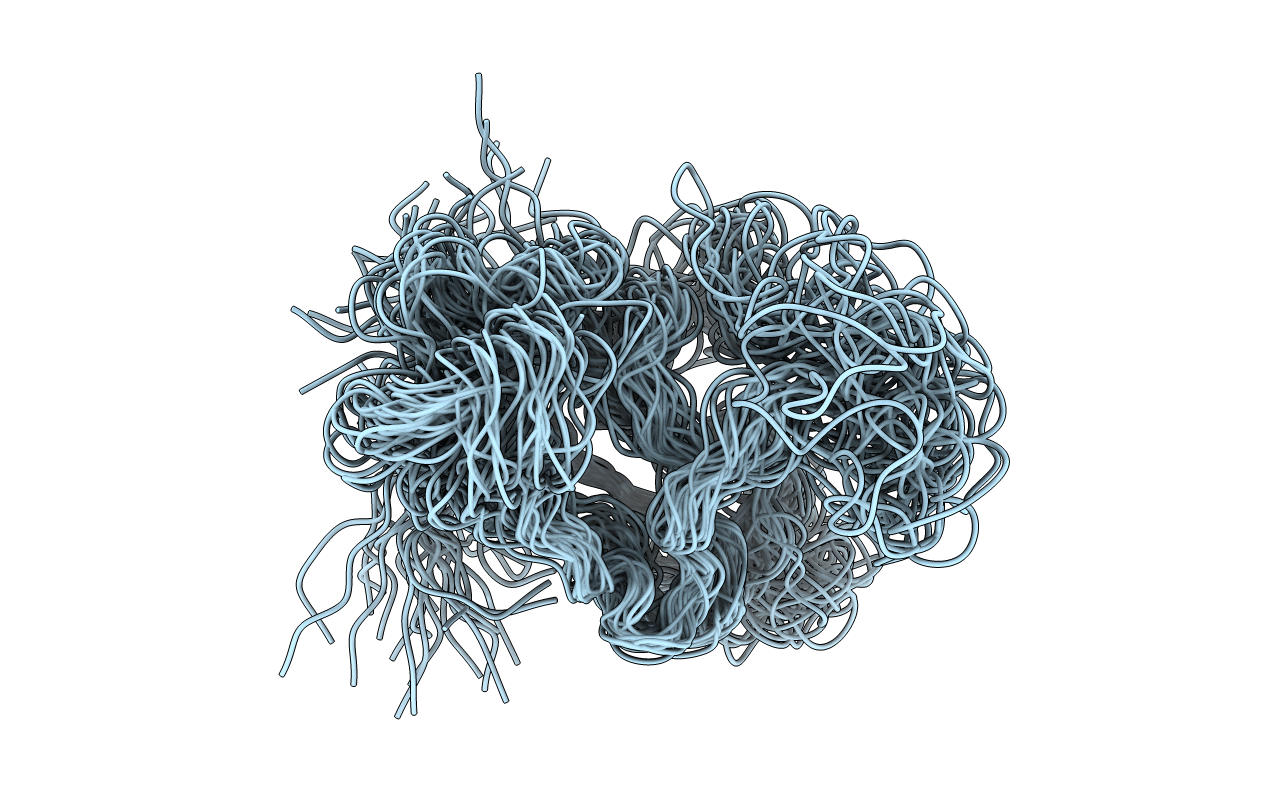
Deposition Date
2004-07-22
Release Date
2005-05-03
Last Version Date
2024-11-13
Entry Detail
PDB ID:
1U3N
Keywords:
Title:
A SOD-like protein from B. subtilis, unstructured in solution, becomes ordered in the crystal: implications for function and for fibrillogenesis
Biological Source:
Source Organism:
Bacillus subtilis (Taxon ID: 1423)
Host Organism:
Method Details:


